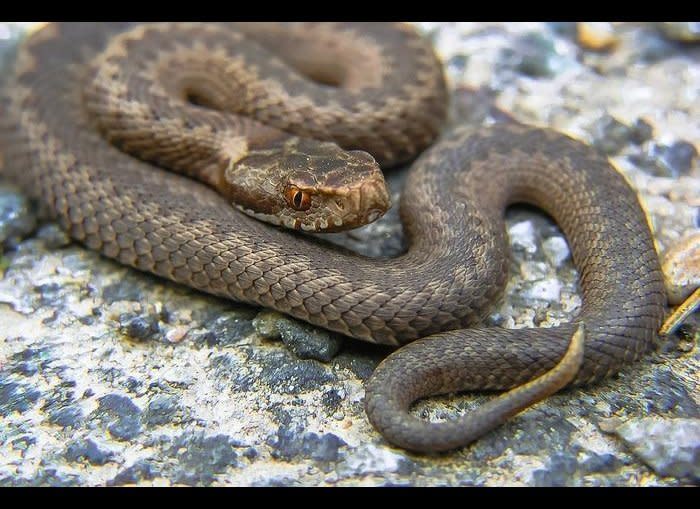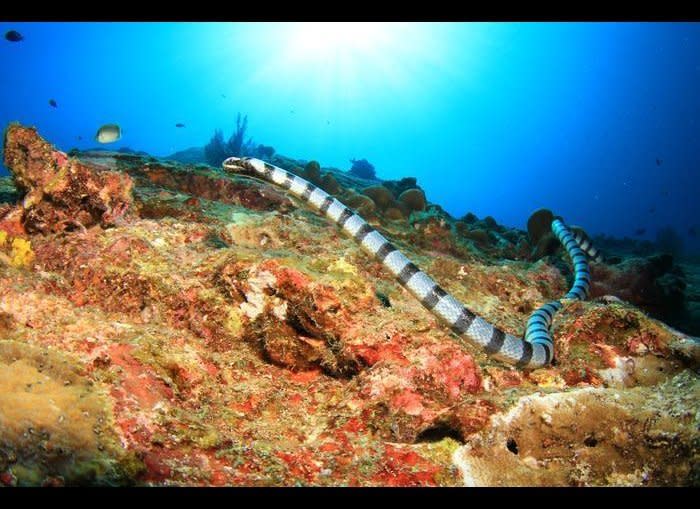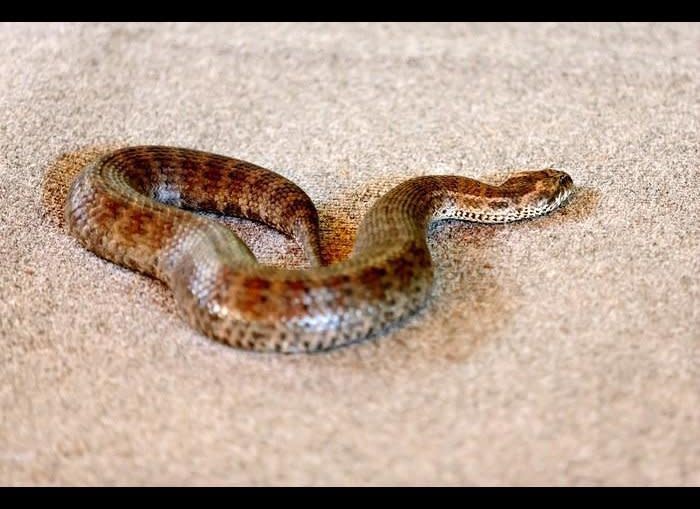Newly Discovered Snake Gets A Fitting 'Harry Potter' Moniker
They’re not quite Basilisks, but there are now more of Salazar Slytherin’s snakes out in the world.
A team of scientists in India named a new species of green pit vipers Trimeresurus salazar, after the character in J.K Rowling’s “Harry Potter” series. The findings were published last week in the Zoosystematics and Evolution journal.
The study’s authors explained that the name came from the “co-founder of Hogwarts School of Witchcraft and Wizardry and the founder of the House of Slytherin - Salazar Slytherin.”
“He was a Parselmouth that links him to serpents,” they said, and suggested that the snake be commonly known as “Salazar’s pit viper.”
🐍Welcome to the House of #Slytherin: meet Salazar’s pit #viper – a #NewSpecies, discovered in Arunachal Pradesh India & named after the #parselmouth #wizard & Slytherin’s house founder.
Press release: https://t.co/xM0g143oTX
Study: https://t.co/ZjaPELjlaw #Snakes #HarryPotter pic.twitter.com/kJ5SXjFpsY— Zoosyst_Evolution (@Zoosyst_Evo) April 21, 2020
For anyone needing a “Harry Potter” refresher, Salazar Slytherin was one of four founding members of the wizarding school. He was known for his rare ability to speak to snakes ― called “Parselmouth.”
In “Harry Potter and the Chamber of Secrets,” a Basilisk ― a giant, venomous serpent left beneath Hogwarts for hundreds of years by Slytherin ― terrorized students. Those who looked the creature directly in the eye would be killed; an indirect look would render the victims petrified.
Salazar’s pit viper was discovered during an expedition to the Himalayan biodiversity hotspot in India’s northern Arunachal Pradesh region. The scientists noted that the snake has a unique stripe ― orange to red in color ― on the body of males.
The snakes, like others in the Trimeresurus genus, are venomous. While it’s best to keep your distance, you can probably get away with looking them in the eye.
Also on HuffPost
Rattlesnake

Vipers

Blue Krait

Death Adder

Sea Snakes

Love HuffPost? Become a founding member of HuffPost Plus today.
This article originally appeared on HuffPost.
